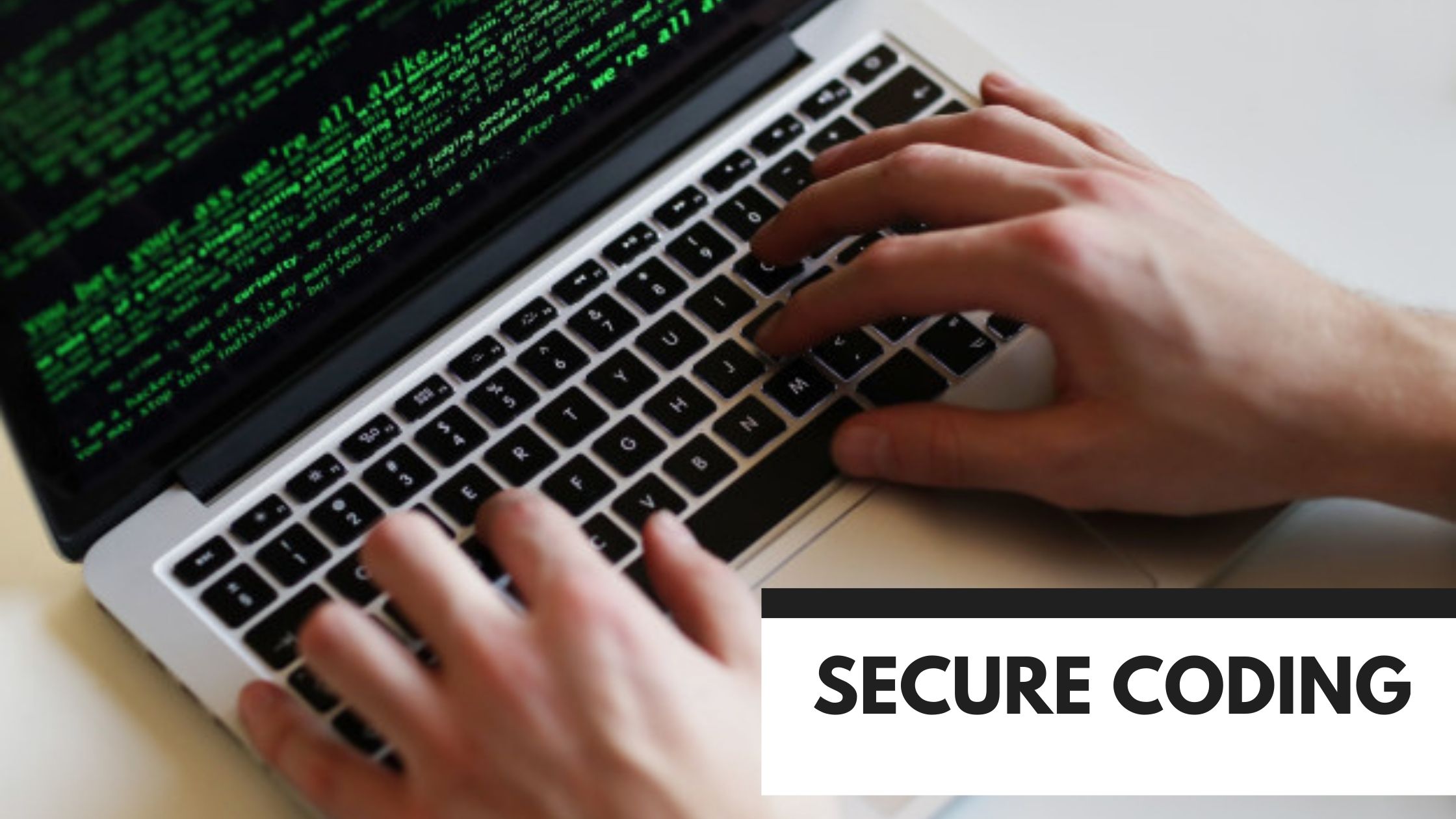Secure code is important for software to avoid data breaches. Data breaches happen for too many reasons, poor coding is one of those reasons. When your software is not designed with security guidelines, you can download a tool from the internet to protect your data. Softwares are more vulnerable to data theft, for that reason you should make sure that your code is secured and protected. Each programming language has its nuances and techniques to ensure secure coding.
What Is Secure Coding

Secure coding is the process of writing software that’s protected from vulnerabilities. Secure coding is more crucial for businesses to survive in this competitive environment.
Why Need Secure Coding
Secure coding is important for all software that runs on personal computers, servers, embedded devices, and mobile devices. You need to be familiar with the techniques and to support their practice.
Risks Of Insecure Software
An insecure application enables hackers to hack data and information. These type can result in:
Loss of services and life
Leaking of data information and secrets
Damage to the systems of many users
Secure Programing Techniques
Secure programming is the practice of building software where attention and planning are given to creating robust applications that operate securely. The following are some of the important secure programming techniques.
Incorporating authentication through:
- User name
- Password
- Biometrics
- Digital certificates
Commonly used systems such as Microsoft Passport, X.509 Certificate Authentication, and more
Authorization using access control lists
Implementing encryption
Using auditing in applications
Types Of Security Vulnerabilities That Affect Code
Buffer Overflow
Embedded systems are now connected more to the globe with the help of IoT. which leads to more possibilities for malicious code attacks.
Code Injection Flaw
Code injection laws are the familiar security vulnerability faced by the developers.
Secure Coding Practices And Guidelines
To achieve security, it is crucial to have a ‘secure coding standard’ identified for a program at the starting stage of the development phase. It is necessary to make sure that the entire team is enforced to adhere to this standard, irrespective of the coding language, and the tools that they are using in the software program.
The below mentioned are a few examples that should be implemented by default in the secure code design:
All the passwords, certificates, and keys have to be properly stored in the password manager.
You should implement file encryption, database encryption, and data element encryption.
The communication channels have to be encrypted to protect authentication tokens.
Three Key Principles Of Security Coding Practices
Most security vulnerabilities are the result of a human error. The following three are the key principles of secure coding.
Spread Awareness And Educate
Developers introduce security risks into the source code because they are not aware of such complex risks. Self-taught developers can easily locate the security problems that are specific to the programming language. To ensure that your software development team understands the issues perfectly, you need to approach the issue strategically.
Introduce Multiple Layers Of Verification
Even the top-skilled developers still make mistakes, so we need to use tools that help developers to know and correct their mistakes.
In that type of situation, software should be tested using the below-mentioned tools and methods:
A code analysis tool should be used to prevent common errors immediately as the developer is typing in the code.
A SAST(static analysis) solution that analyzes the source code before it is built and points out potential software vulnerabilities.
Using additional manual penetration testing that cannot be found automatically.
Test As Early As Possible To Promote Responsibility
To achieve top code quality, just having secure coding requirements and guidelines along with a test infrastructure is not enough. Secure coding also needs the right attitude to get good quality coding. Follow the shift-left approach to test your application just going before the production phase.
Language Selection For Secure Coding
The language selection for coding does not depend on secure coding. Secure coding practices are implementation-dependent, platform-dependent, and language-dependent. The developers need to have in-depth knowledge of the language that is being used in the program.
Secure Coding Standards
Almost 90 % of software security problems are due to coding errors, that is why secure coding standards are important. There are many secure coding practices you can choose from. But, to write secure code, you need a secure coding standard.
What Are Secure Coding Standards
Secure coding standards are guidelines used to prevent security vulnerabilities. Use these standards to prevent, detect, and eliminate errors.
- CWE and CWE Top 25
- CERT
- CVE
- NVD
- DISA STIG
- OWASP and OWASP Top 10
- PA-DSS
- IEC-62443
How To Apply Secure Coding Standards
The great way to make sure secure coding is to use a static code analyzer. It enforces coding rules and flag security violations.
What Is Secure Coding Practices
Secure coding practices need to be incorporated in all phases of the application development cycle. When developing and deploying applications, the following minimum set of secure coding practices should be implemented.
Formalize and document the software development life cycle (SDLC) processes to implement a major component of a development process.
- Requirements
- Architecture and design
- Implementation
- Testing
- Deployment
- Maintenance
There is no standard model for SDLC methodologies, the developer must ensure the above major components of an app development process. It includes the adopted development methodology.
In case, if the secure coding principle does not apply to the project, this needs to be explicitly documented with a detailed explanation.
Do Automated Application Security Testing.
Development and testing environments should use de-identified data.
Checklist For Secure Code Practices
Developers need to follow the checklist to ensure secure code practices
Input Validation:
Always be careful with canonicalization problems
Constrain, sanitize, and reject the input
Validate for the format, range, length, and type
Do not focus on client-side validation
Authentication:
Always use strong passwords
Do not store credentials
To protect authentication tokens, encrypt communication channels
Authorization:
Follow separation of privileges
Consider authorization granularity
Whitelist allowable methods
Session Management:
Create a new session on re-authentication
Terminate the session with the Logoff
Generate a session identifier on the server
Cryptography:
Use the correct algorithm and key size
Store keys in a restricted location
Logging and Auditing:
Understand what organic traffic look like
Secure access to log files
Find Out malicious behavior
Output Encoding:
Send security headers
Carry out Schema validation and Input Validation
Conclusion
It is important to incorporate secure coding practices at the planning and development phase of your application. We hope this article will be your best guide for ensuring software security.

















Post Comments